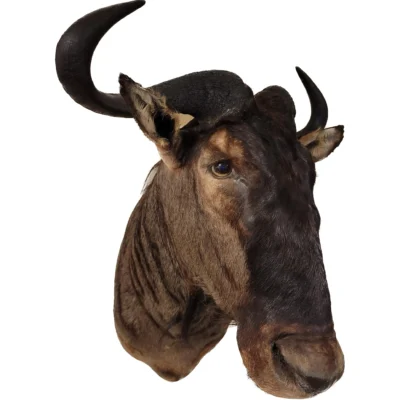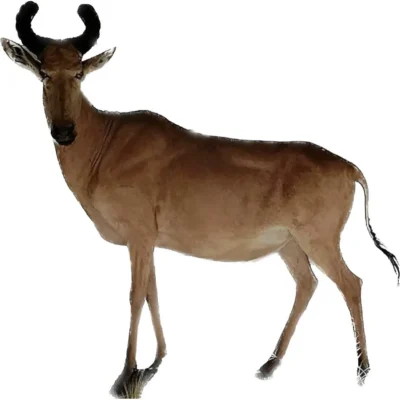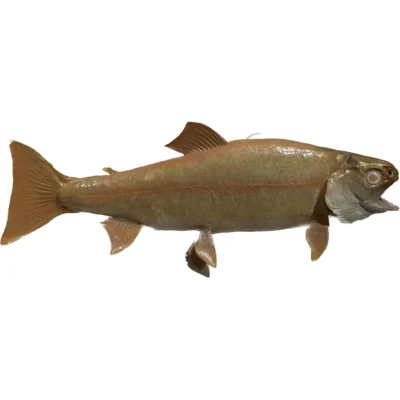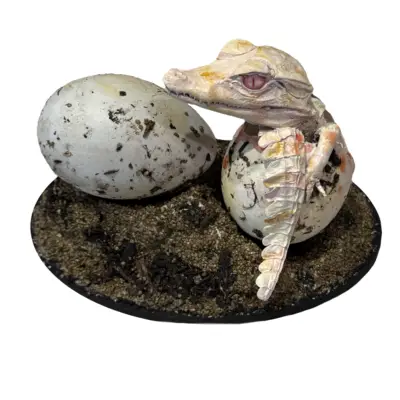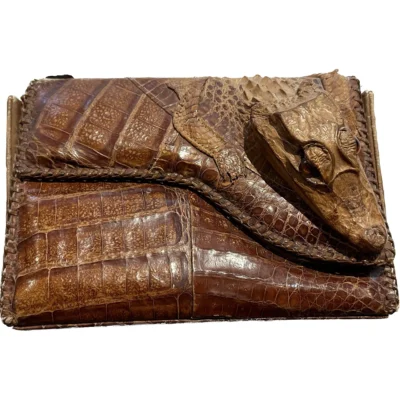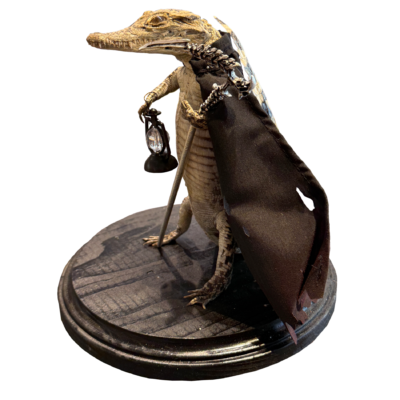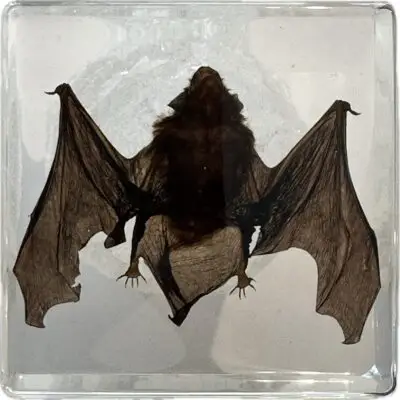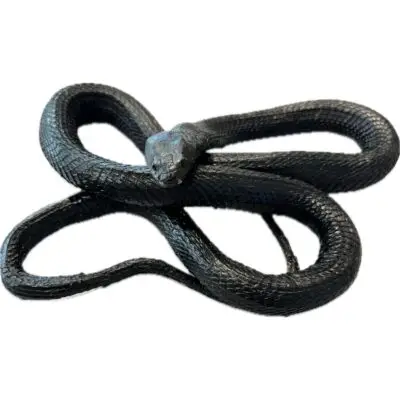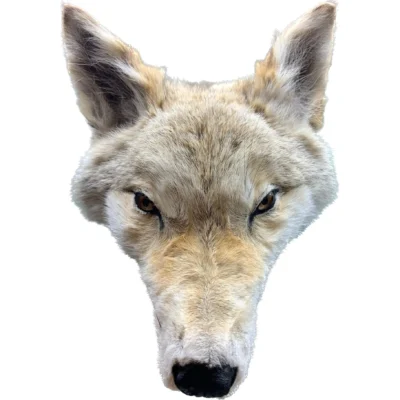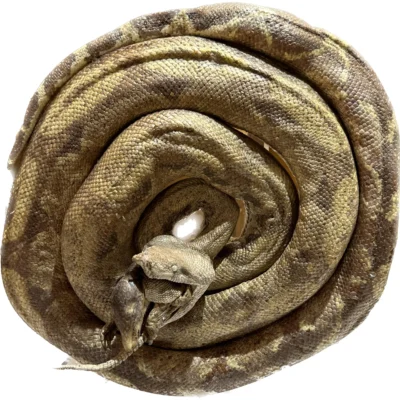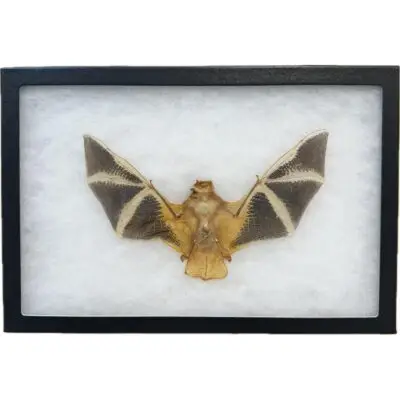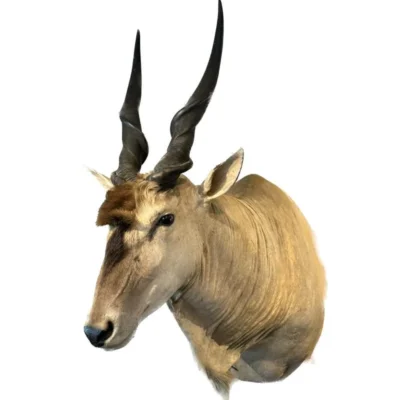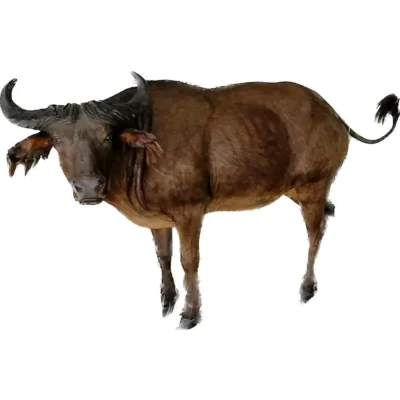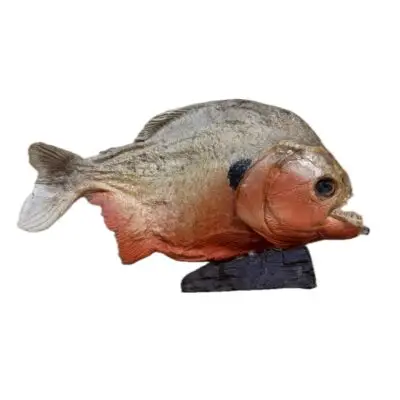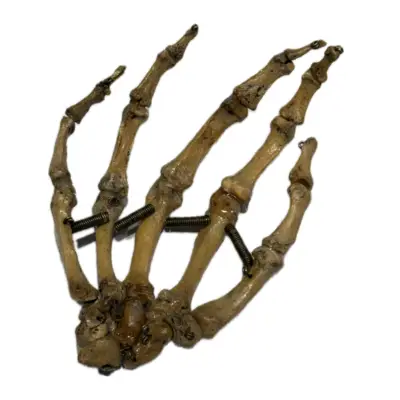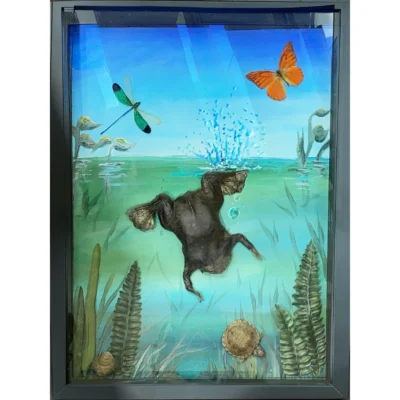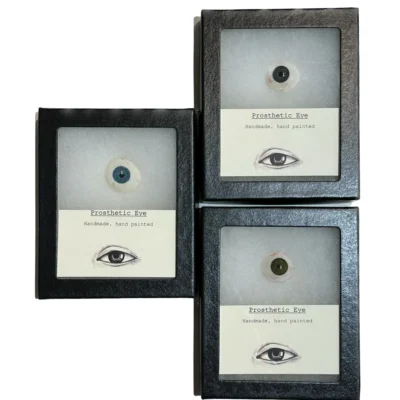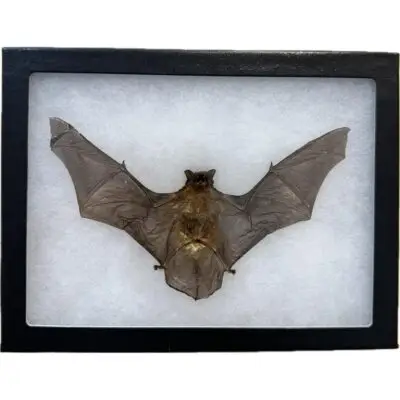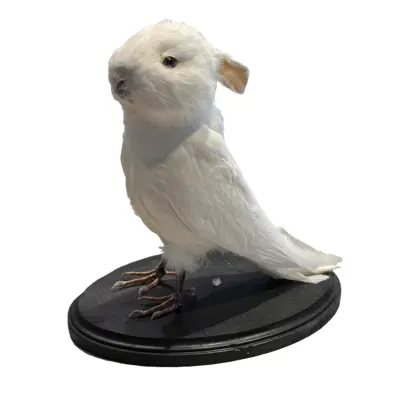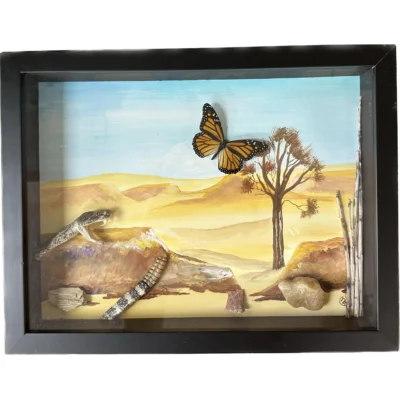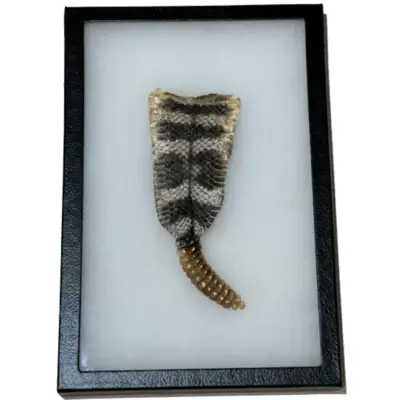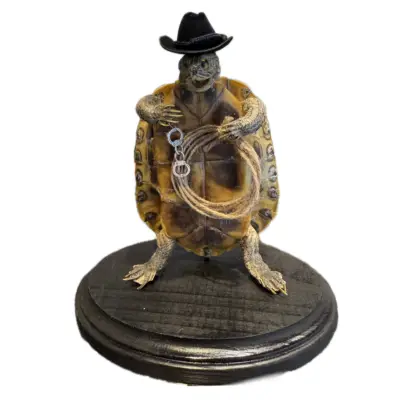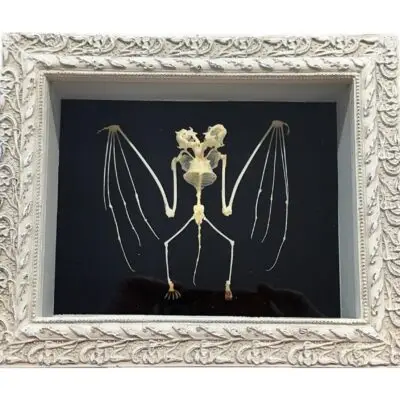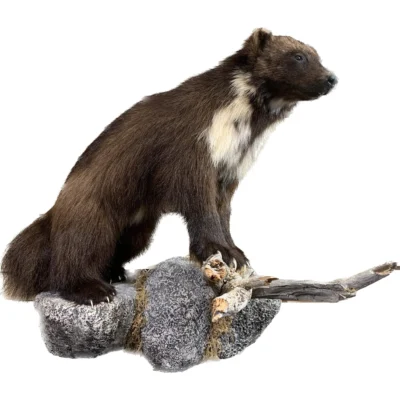Unique Taxidermy Gaffs: Handcrafted Curiosities & Collectible Oddities
Showing all 34 results
Oddities and taxidermy often intertwine in the realm of curious collections and macabre displays. Taxidermy, the art of preserving animal bodies, has a long history dating back centuries. However, it’s in the realm of oddities where taxidermy truly takes on a unique form. Strange and exotic animals, mythical creatures, and even anthropomorphic scenes are recreated through this art form. From two-headed calves to preserved octopuses in jars, oddities captivate with their eccentricity and curiosity. Taxidermy, in this context, serves not only as a preservation technique but also as a means of artistic expression and storytelling. These peculiar displays often find homes in curiosity shops, museums of the bizarre, and the private collections of enthusiasts fascinated by the strange and unusual.
10 Fun Facts About Insects and Taxidermy
- Insects Make Up 80% of All Species – Insects are the most diverse group of organisms on Earth, with over a million known species.
- The Oldest Taxidermy Specimen – The oldest preserved taxidermy specimen is a rhinoceros mounted in 1515, which is still on display in Italy.
- Insects Can Lift 50 Times Their Weight – Beetles, ants, and other insects are among the strongest creatures on Earth relative to their size.
- Victorian Taxidermy Was Fashionable – In the 19th century, “anthropomorphic taxidermy,” which depicted animals in human poses, was a popular art form.
- Butterfly Wings Are Transparent – Though they look colorful, butterfly wings are made of clear chitin covered with tiny scales that create color through light reflection.
- Taxidermy Once Aided Science – Before photography, taxidermy was used to document and study wildlife species for scientific research.
- Ants Can Build Rafts – During floods, some ant species link together to form floating rafts to protect their colonies.
- There’s a “Taxidermy Revival” – Modern taxidermy has gained popularity as an art form, blending natural history and creative expression.
- Insects Can Survive in Extreme Conditions – Certain species of beetles and cockroaches can live in freezing or high-heat environments.
- Insect Collections Are Valuable – Historical insect collections, such as those by Charles Darwin, remain critical for biological and ecological studies.
Prehistoric 101 (Learn about fossils, minerals, and meteorites)
Steampunk Bugs: An Unlikely Pairing
Bugs Bugs and more Bugs, The art of insect taxidermy


